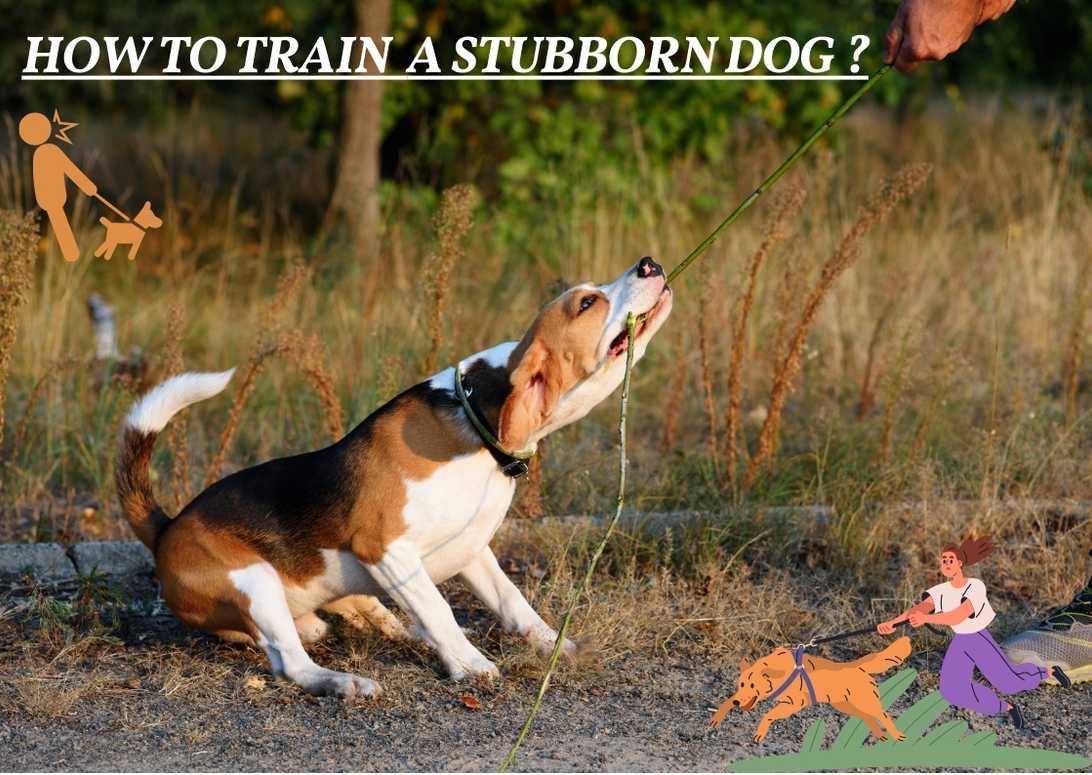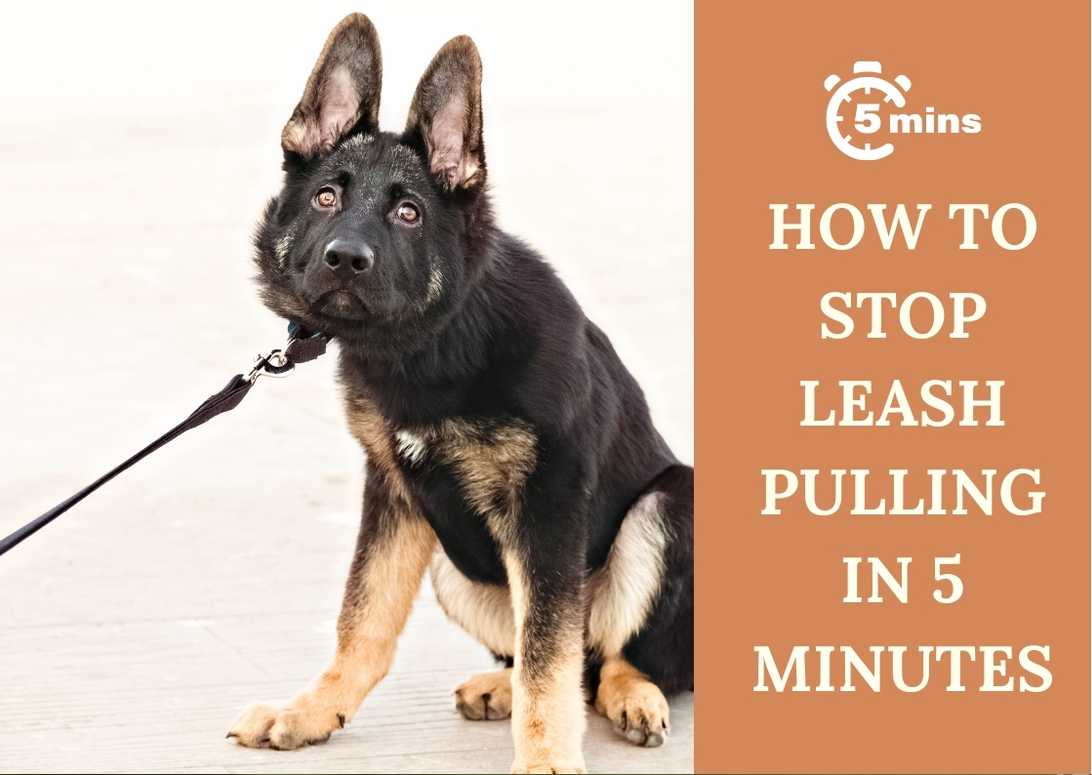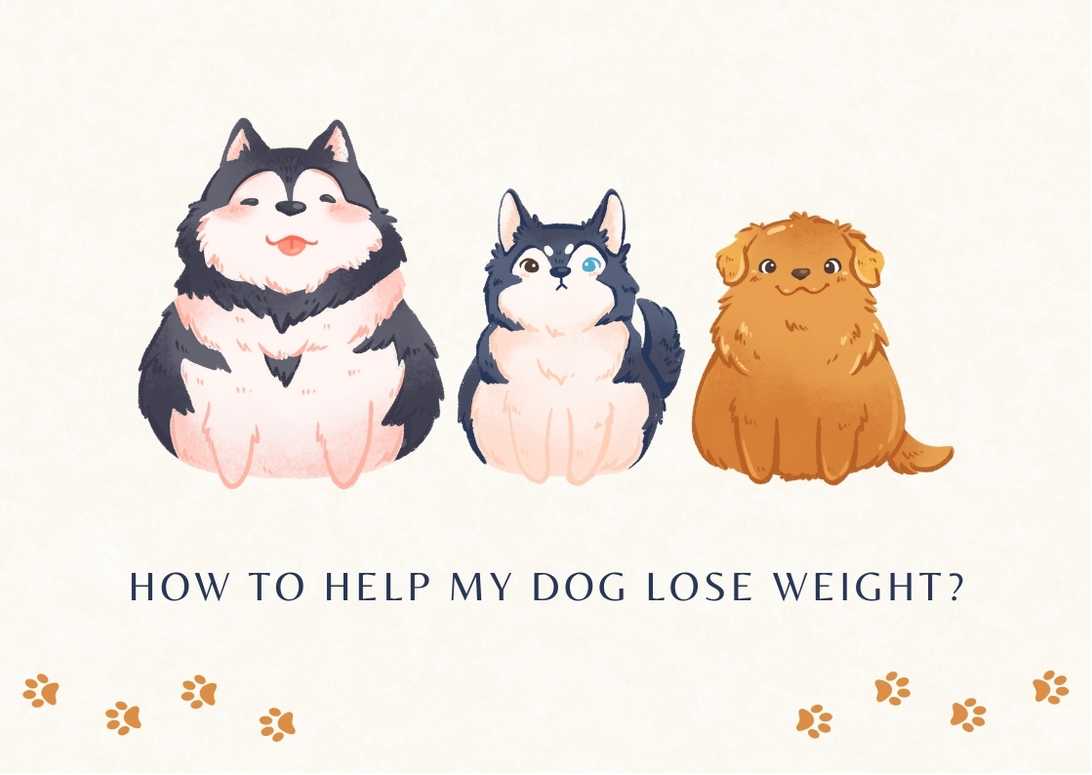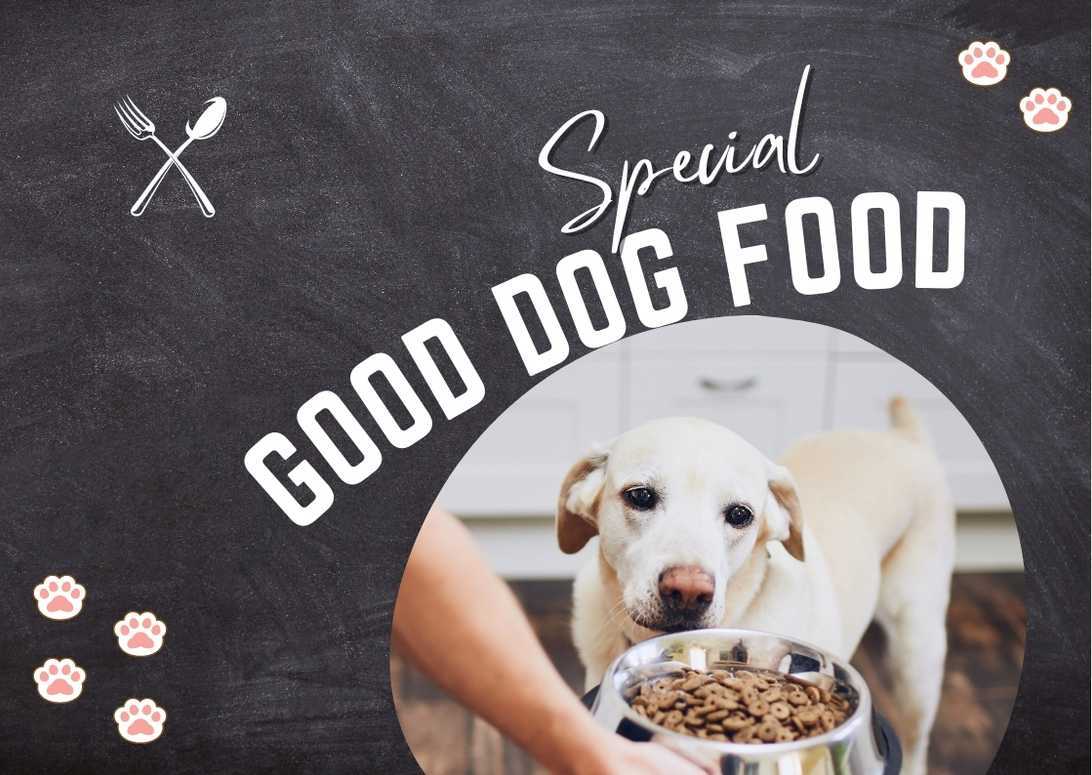How To Train A Stubborn Dog
As a dog owner, I understand the frustrations that come with training a stubborn pooch. It can feel like an uphill battle, testing your patience and leaving you wondering if you’ll ever see any progress. But fear not! In this article, I’m here to share effective strategies that will help you overcome these challenges and train your stubborn dog with love and understanding.
Picture this: your furry companion sitting by your side, eagerly responding to every command you give. The joy of seeing them finally master those basic commands is immeasurable. That’s exactly what we’re going to achieve together in this article – a strong bond built on trust and reward-based training techniques.
So let’s dive in and discover how we can transform our stubborn dogs into obedient pals who will make us proud at every turn.
Important Points
- Patience and understanding are crucial when training a stubborn dog
- Reward-based training tactics, such as clicker training, can be effective in motivating a stubborn dog
- Consistency and repetition are important in training sessions to reinforce desired behaviors
- Finding the right motivators and rewards for your dog, beyond just treats, can enhance training success
Reward-Based Training
Instead of resorting to punishment, it’s important to focus on reward-based training tactics that involve giving your stubborn dog things like treats, petting, and play when they respond to commands in the desired manner.
One effective technique is clicker training, where you use a small handheld device that makes a distinct clicking sound. You pair this sound with rewards, such as training treats or verbal praise, whenever your dog exhibits the behavior you want. The clicker serves as a clear marker for your dog to understand what they did right and helps reinforce positive behaviors.
The key is finding what truly motivates your dog and using that as an incentive for them to learn and obey commands. By focusing on reward-based techniques rather than punishment, you’ll create a happier and more trusting bond with your stubborn canine companion.
In addition to clicker training, there are other alternatives you can explore when it comes to positive reinforcements for your stubborn dog. Verbal praise is one such option – using enthusiastic words like ‘good job’ or ‘well done’ in conjunction with physical affection can go a long way in motivating your furry friend.
If your dog isn’t particularly food-driven, consider using other forms of rewards like a favorite toy or engaging in interactive training games together.
Now let’s move on to exploring other positive reinforcements instead of treats for those dogs who are not food driven.
Positive Reinforcements
Rewarding your furry friend with treats or toys they love when they display positive behavior is a highly effective way to encourage them to continue behaving that way. Clicker training can be a great tool to pair with positive reinforcements. By using a clicker, you can mark the exact moment your dog exhibits the desired behavior and then follow it up with a reward. This helps your dog understand exactly what they did right and reinforces their understanding of the command.
Verbal praise is another powerful form of positive reinforcement. Dogs thrive on hearing their humans’ voices filled with joy and excitement when they do something good. So, make sure to shower them with words of encouragement when they follow commands correctly.
In addition to treats and verbal praise, playtime rewards are also effective in training stubborn dogs. Incorporating short play sessions as rewards for good behavior not only strengthens the bond between you and your furry friend but also keeps them engaged and motivated during training sessions. Training games can also be used as positive reinforcements. For example, playing hide-and-seek or teaching your dog new tricks can make the training process more enjoyable for both of you while still reinforcing good behavior. However, it’s important to remember that treats should still be included in your training routine as they provide an extra level of motivation for most dogs.
Moving forward into the next section about consistency and repetition, it’s crucial to establish a solid foundation by consistently using these positive reinforcements in every training session.
Consistency and Repetition
To effectively shape your furry friend’s behavior, it’s crucial that you maintain consistency and repetition in your training sessions. Establishing a training schedule and sticking to it will help your stubborn dog understand what’s expected of them and when.
Whether it’s daily or weekly, having a set time for training will create structure and routine for both you and your dog.
In addition to maintaining a consistent training schedule, using consistent reinforcement techniques is key. Make sure you’re using the same commands and cues each time you ask your dog to perform a behavior. This will help them understand what’s being asked of them more easily. Also, be consistent with the rewards or positive reinforcements you use.
Whether it’s treats, toys, or praise, make sure to consistently reward your dog for desired behaviors.
Creating a conducive training environment is also essential for effective training. Find a quiet place free from distractions where you can focus solely on teaching your dog new behaviors. Minimize external stimuli that might divert their attention away from the task at hand.
Timing is everything when it comes to reinforcement in training sessions with a stubborn dog. Rewarding immediately after they’ve performed the desired behavior helps reinforce the connection between their action and the reward they receive. Be prompt in delivering rewards so that they can associate their good behavior with positive consequences.
Lastly, keep track of your training progress by monitoring your dog’s responses and improvements over time. Document their successes as well as any challenges or setbacks encountered during the process. This will allow you to identify patterns and adjust your approach if needed.
With consistency, repetition, proper timing of reinforcements, and an appropriate training environment established through these techniques, you’ll be well on your way to successfully shaping your stubborn dog’s behavior without punishment or frustration.
Moving on to finding the right motivators…
Finding the Right Motivators
Discovering what truly motivates your furry friend is the key to unlocking their full potential in shaping their behavior.
Creative motivators can be a great way to find what really gets your dog excited and engaged in training. This could be anything from a special toy or game that they love, to an activity or outing that they enjoy. By using these creative motivators, you can make training sessions more fun and rewarding for your stubborn dog.
Non-food rewards are another option to consider when trying to motivate your dog. While treats can be effective for many dogs, some may not be as food-driven and may respond better to other types of rewards such as praise, petting, or playtime. Experiment with different non-food rewards to see what your dog responds best to.
Interactive training games can also help motivate a stubborn dog. These games provide mental stimulation and challenge for your dog while reinforcing desired behaviors. For example, playing hide and seek with treats or toys can encourage them to come when called or search for items on command.
Incorporating environmental enrichment into your training routine can also help keep your stubborn dog motivated and engaged. This includes providing them with interesting toys, puzzles, and activities that stimulate their senses and keep them mentally stimulated.
Bonding exercises are important for building trust and strengthening the bond between you and your dog. Spending quality time together through activities such as long walks or grooming sessions can help establish a positive relationship based on mutual respect and understanding.
By finding the right motivators for your stubborn dog, you can make training sessions more enjoyable for both of you while achieving better results in shaping their behavior. Transitioning into the next section about ‘patience and persistence’, it’s important to remember that training a stubborn dog takes time and consistency. It’s crucial to stay patient and persistent in your training efforts, as your stubborn dog may require more repetition and reinforcement to fully grasp the desired behaviors.
Patience and Persistence
Developing patience and persistence is essential when working with a strong-willed canine companion, as it allows me to remain calm and determined throughout the training process. When faced with a stubborn dog, it’s important to have a variety of training techniques in my toolbox.
I can try different approaches such as positive reinforcement, using treats or toys that my dog finds highly desirable. If my dog isn’t motivated by food, I can experiment with other positive reinforcements like playtime or praise. It might take some trial and error to figure out what motivates my stubborn dog, but once I find the right approach, it becomes easier to train them.
Dealing with frustration is another aspect of training a stubborn dog that requires patience. It’s easy to get frustrated when they don’t respond immediately or exhibit unwanted behavior repeatedly. However, losing my temper will only undermine the trust and rapport I’m trying to build with my furry friend. Instead, I need to stay composed and focused on the task at hand.
Setting realistic expectations is also crucial in this process. Training takes time and consistency; expecting quick results will only lead to disappointment. By understanding that progress may be slow but steady, I can avoid becoming discouraged.
Building trust and rapport is an essential part of training any dog, especially one that tends to be stubborn. Through consistent positive reinforcement and gentle guidance, I can create an environment where my dog feels safe and secure enough to listen and follow commands willingly. This trust-building process requires patience because it may take time for my strong-willed pup to fully trust me as their trainer.
In addition to these strategies, problem-solving stubborn behavior is another aspect of training that demands patience and persistence. If certain behaviors persist despite repeated efforts on my part, seeking professional training assistance may be necessary for further guidance.
Professional Training Assistance
Seeking professional training assistance is like enlisting the help of a skilled guide to navigate through the challenges of training a strong-willed canine companion. Training classes, both in-person and online, offer structured environments where dogs can learn alongside other dogs and receive guidance from experienced trainers.
These classes not only provide an opportunity for socialization but also teach essential obedience skills. Online resources such as videos, articles, and forums can be valuable tools for learning new training techniques and troubleshooting common issues. Additionally, professional dog trainers and behavioral consultants can provide personalized one-on-one guidance tailored to your dog’s specific needs. They have extensive knowledge and experience working with stubborn dogs and can offer expert advice on effective training methods that’ll work best for your individual pet.
Training workshops are another great option as they allow you to immerse yourself in a focused learning environment while receiving hands-on instruction. With the help of these professionals, you can gain valuable insights into understanding your dog’s behavior better and develop effective strategies to overcome their stubbornness.
Tailoring training methods based on your dog’s unique personality is crucial in successfully guiding them towards desired behaviors. By combining positive reinforcement techniques with patience and persistence, you can gradually shape their behavior over time.
Transitioning into the subsequent section about ‘tailoring training methods,’ it becomes important to recognize that each dog is different, requiring customized approaches that take into account their temperament, breed characteristics, and individual preferences in order to achieve optimal results in their training journey.
Tailoring Training Methods
When it comes to teaching your furry companion new tricks, it’s all about finding the right approach that suits their unique personality and preferences. Every dog is different, and what works for one may not work for another. That’s why finding alternative methods and tailoring your training techniques is essential.
Understanding Your Dog: The first step in tailoring your training methods is to understand your dog. Take the time to observe their behavior, temperament, and motivations. Are they motivated by food treats or toys? Do they respond better to verbal praise or physical affection? By understanding what drives them, you can adapt your training approach accordingly.
Adapting to Their Learning Style: Just like humans, dogs have different learning styles. Some dogs are visual learners and respond well to demonstrations, while others are more hands-on learners who benefit from interactive exercises. Pay attention to how your dog responds best and adjust your training techniques accordingly.
Troubleshooting Challenges: Training a stubborn dog can come with its fair share of challenges. If you encounter difficulties along the way, don’t get discouraged! Instead, try troubleshooting by breaking down the trick or command into smaller steps and gradually building up to the desired behavior. Patience is key when working with a stubborn dog.
By finding alternative methods, understanding your dog’s individual needs, adapting to their learning style, troubleshooting challenges, and consistently building a strong bond through positive reinforcement techniques, you can effectively train even the most stubborn of dogs. Remember that every dog is unique and requires patience and consistency for successful training outcomes.
Frequently Asked Questions
How can I prevent my dog from becoming aggressive during training sessions?
To prevent my dog from becoming aggressive during training sessions, I focus on building trust and using positive reinforcement techniques. I communicate through body language and set clear boundaries. This helps create a safe and rewarding environment for my dog to learn in.
What should I do if my dog refuses to respond to treats or other positive reinforcements?
If my dog refuses to respond to treats or other positive reinforcements, I can try using physical touch as a training method by gently guiding them into the desired behavior. I can also use clicker training to motivate them and incorporate play and exercise into our training sessions. Consistency and patience are key when training stubborn dogs, so I’ll need to repeat the exercises and commands multiple times. Lastly, I should explore different types of rewards and motivators that my dog responds well to.
Are there any alternative training methods for dogs who are not motivated by treats or toys?
For dogs who are not motivated by treats or toys, punishment-free training techniques can be used. Clicker training can be effective for non-food motivated dogs, scent-based training can engage uninterested dogs, and building a strong bond with your stubborn dog is key. Additionally, harnessing your dog’s natural instincts in training sessions can help with their motivation.
How long should I expect it to take for my stubborn dog to show progress in training?
In my experience, effective training techniques for stubborn dogs involve understanding their psychology, being patient and consistent, and overcoming obstacles. It’s important to set realistic expectations for progress and remember that each dog learns at their own pace.
Can I train a stubborn dog on my own, or should I seek professional training assistance?
I can train a stubborn dog on my own, but seeking professional training assistance can be beneficial. Training techniques for stubborn dogs include using positive reinforcements like treats or toys and being consistent and patient. Building trust and rapport is crucial in training.
Conclusion
In the journey of training a stubborn dog, I’ve realized that patience and persistence are the keys to success. Just like taming a wild stallion or nurturing a delicate flower, it takes time and gentle guidance to transform a headstrong pup into an obedient companion. It’s like planting a seed in the ground and watching it slowly sprout, reaching for the warmth of the sun.
With each small victory, our bond grows stronger, like roots intertwining beneath the surface. But remember, my fellow dog owners, that every dog is unique, just as every flower has its own fragrance. What works for one may not work for another. So be open to tailoring your training methods to suit your furry friend’s individual needs. Like a skilled artist who knows how to adapt their brush strokes with finesse, we must adjust our techniques based on what motivates our dogs and brings out their best.
As we embark on this training adventure with our stubborn companions, let us always keep in mind that love and understanding are at the core of every successful relationship. Just as we would never force a flower to bloom before its time or demand too much from a young horse still finding its footing, we must approach our dogs with kindness and empathy. Together, we can overcome any challenge that comes our way and build an unbreakable bond that will weather any storm.
So let us continue on this path of reward-based training and positive reinforcement with unwavering consistency and repetition. Let us find those special treats or toys that make their tails wag with joy and use them as tools of motivation along this journey of growth and transformation. And if ever you feel overwhelmed or in need of guidance, don’t hesitate to seek professional assistance – just as an artist seeks advice from masters in their craft.
For within each stubborn dog lies tremendous potential waiting to be unleashed—a beautiful masterpiece yearning to be painted across the canvas of life. So let us be the patient, loving artists who guide them with gentle hands, helping them discover their true potential. Together, we can train even the most stubborn of dogs and create a bond that will last a lifetime.








